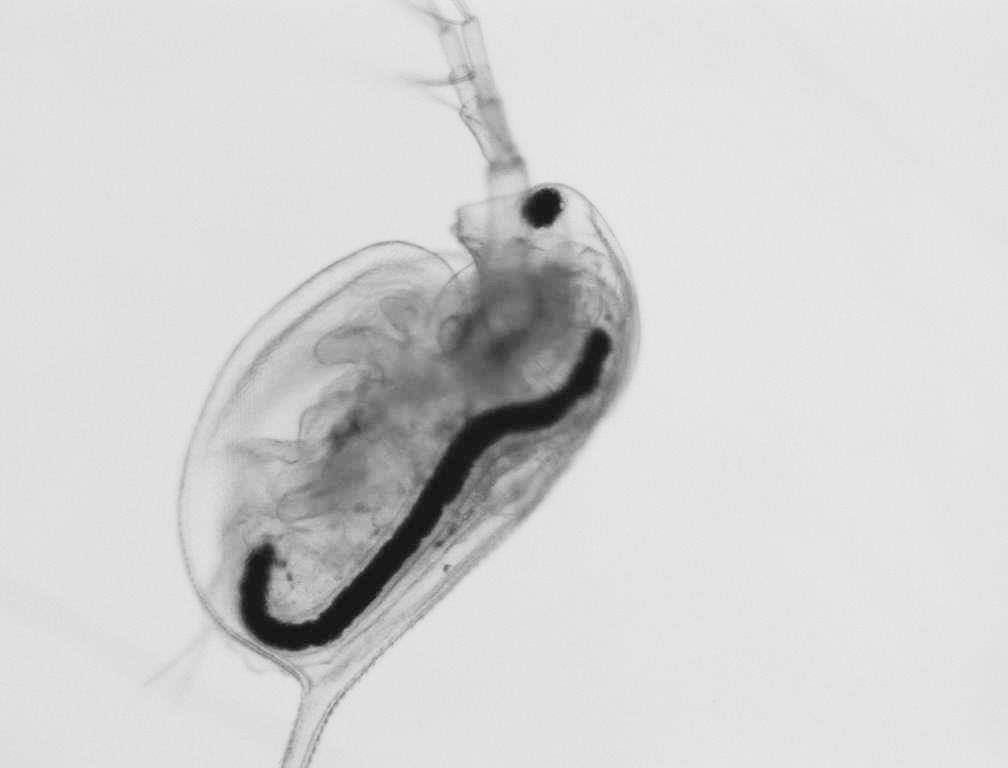[vc_row][vc_column][vc_column_text]
The European MACRAMÉ project is working on the development of methodologies to detect, characterise and quantify advanced materials during their handling and transformation throughout the product life cycle.
Zamudio, 11 July 2023. The GAIKER Technology Centre, a member of the Basque Research & Technology Alliance, BRTA, is one of the 19 partners that make up the consortium of the European project “Advanced characterisation methodologies to assess and predict the health and environmental risks of advanced materials”, MACRAMÉ.
The main objective of this research, funded by the European Union within its Horizon Europe programme, is to develop methodologies to detect, characterise and quantify advanced materials during their handling and transformation throughout the product life cycle, and to assess the resulting impact on health and the environment.
Advanced materials are systems composed of various elements that vary in nature, characteristics, shape and dimensions, but which, when combined, result in materials with properties superior to those of conventional materials, often due to the use of nanomaterials.
This research works with methodologies applicable to nanomaterials and extends them to advanced materials. It will mainly work with three families of carbon-based materials, but with different morphologies, such as graphene-related materials, carbon nanofibres and poly-lactic-co-glycolic acid nanoparticles, for which novel methodologies will be developed and demonstrated and, in addition, progress will be made in their harmonisation and standardisation. As these are advanced carbon-based materials, unsolved problems of detection and characterisation in complex media will be tackled.
GAIKER’s work focuses on the adaptation and development of ecotoxicity tests for the materials investigated, as well as on the study for their validation and standardisation. It will also work on demonstrating the validity of the data obtained in the research for carrying out an occupational and consumer risk analysis.
The MACRAMÉ project, which will run for three years, is in line with the EU’s ambitions to ensure the safety and sustainability of new chemicals, materials, products and processes in order to achieve zero pollution and toxic-free environments, as addressed in the EU Chemical Strategy for Sustainability (2020), and the European Green Pact (2019 and 2021).[/vc_column_text][/vc_column][/vc_row][vc_row][vc_column][dt_blog_list post_type=”posts” cl_image_width=”25%” cl_dividers_color=”#ffffff” content_bg=”n” image_sizing=”proportional” posts_offset=”0″ posts=”6697″][/vc_column][/vc_row]


